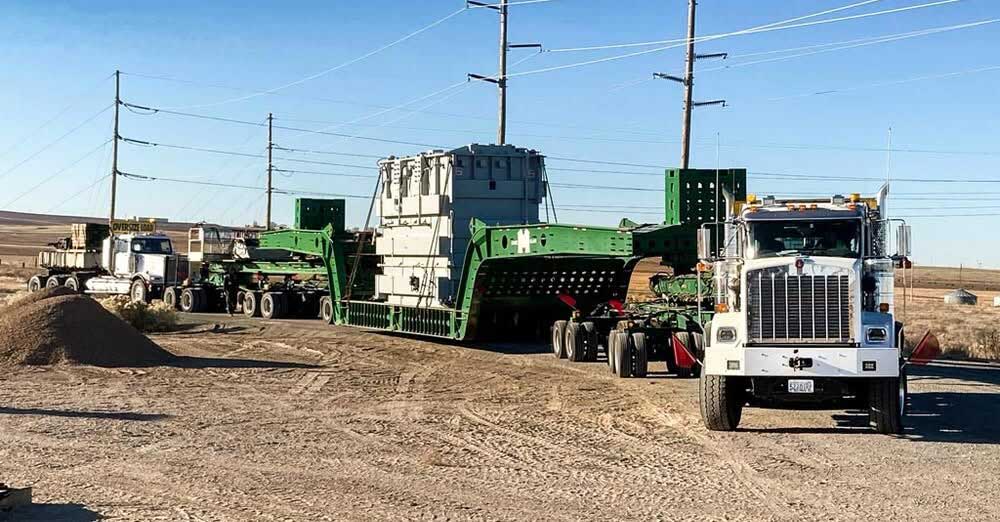Northwest Grain Growers, Mid-Columbia Producers merge
Published 3:53 pm Thursday, June 5, 2025

- Chris Peha, CEO of Northwest Grain Growers (Courtesy Northwest Grain Growers)
Farmer-owned Pacific Northwest ag cooperatives Northwest Grain Growers and Mid-Columbia Producers have merged, effective June 1.
“We’re stronger together than we are apart,” Chris Peha, CEO of Northwest Grain Growers, the surviving entity, told the Capital Press. “We’re looking forward to the opportunity to try to bring a bigger group of farmers together.”
Headquartered in Walla Walla, Wash., Northwest has about 2,200 members; 50 grain facilities and four seed plants. The Moro, Ore.-based Mid-Columbia Producers added about 700 members, 15 facilities and another four seed plants.
Northwest Grain Growers’ executive leadership remains the same.
Jeff Kaser, general manager at Mid-Columbia Producers, is no longer with the company. The co-op has made offers to the remaining MCP employees, Peha said.
The company first announced the potential merger to its membership in January, he said.
The merger is based on economies of scale, “significant” general and administrative savings, having a larger geographic footprint and combining locations for shipping, Peha said.
“It allows us to have more diversified quality of grain — if there’s a quality issue, it just allows us more blending opportunities,” he said.
It also helps mitigate increased regulatory burdens “that sometimes small companies have a hard time dealing with,” he said. “It just allows us to spread those fixed costs over a larger volume.”
It’s a “strategic long-term move” for Northwest Grain Growers, Peha said.
“I wholeheartedly believe in the local cooperative system, and I’d hate to see another local cooperative get sold to a private company,” likely a Japanese company, he said. “The best long-term interest for the farmer, both Northwest Grain Growers and MCP, is to try to strengthen their position in the market and control their own destiny.”
Crop outlook
Peha hopes winter wheat will be an average crop.
“The spring wheat crops are looking pretty tough,” he said. He points to weather predictions of no rain and hot temperatures.
“The crop’s getting smaller at this point,” he said. “Whether we can still get an average winter wheat crop, I’m not sure. But I think the spring crops are really going to be down.”
Low prices, high input costs
The biggest need in the industry right now would be for prices to move higher, Peha said.
“Normally in the past when we’ve had a spike in prices, input prices usually go up, but then once the commodity price goes back down, we normally see input prices follow that back lower again, and we really haven’t seen that in this cycle,” he said. “Input prices are still as high or higher than they were two years ago when we had $8 wheat.”
Local commodity prices are based on global supply and demand, he said. Right now, there’s too much grain in the world.
“Until we start to see some production problems somewhere, it’s going to be really hard for prices to move up,” Peha said. “With all the regulatory things put in place, whether that’s overtime rules now for employees or all the gas taxes added over the last few years in Washington, it’s going to be really hard for input prices to come back down.”
Add in the risk of tariffs and general trade uncertainty, and there doesn’t appear to be any major supply issue to affect the market, he said.
“It looks like it’s going to be a tough year ahead,” Peha said.





